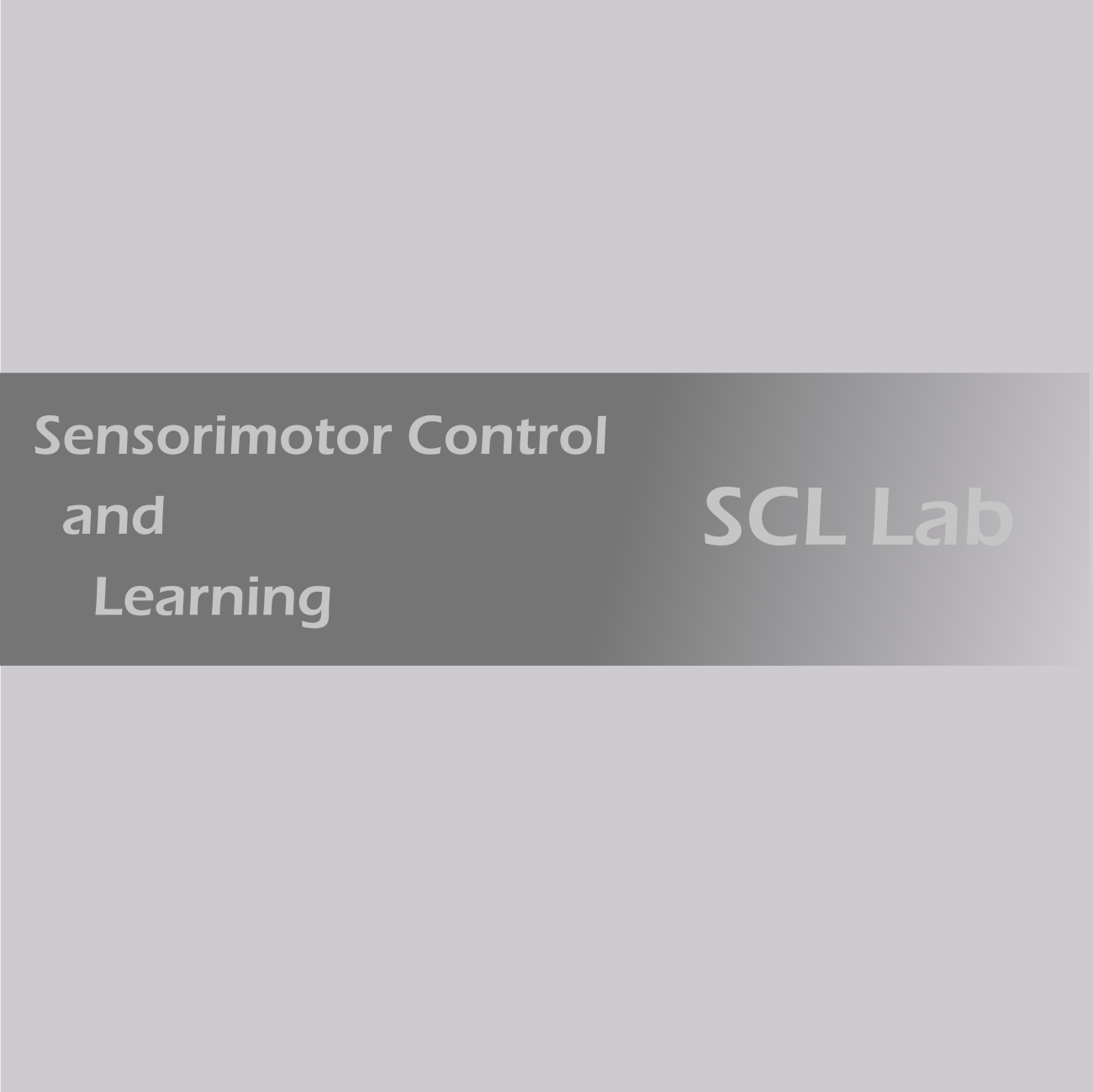Within our highly urban-centered environment, navigating through and being surrounded by different types and styles of architecture is part of our everyday lives. Many structures try to balance functionality and aesthetics. As the perception of structures is highly individual and people’s needs differ, inclusive architecture started to arise. However, the topic is still in its early developmental steps.
So far, a variety of vestibular disorders (dizziness & vertigo) as well as migraine and photo epilepsy in terms of their trigger-ability have not yet been taken into account when designing architectural structures. Literature has shown, that reflective surfaces, as well as complex, repetitive, or high contrast patterns or shadow patterns influence the balance of people with “sensory and/or information processing differences” and can trigger a variety of symptoms for people who experience strong sensory sensitivity, migraine, epilepsy, causing a variety of discomforts such as eye strain, headaches, or balance problems. (British Standards Institution, 2022, p. vi). Bridge parapet railings and other structural elements commonly create such linear high contrast patterns. This kind of discomfort is also experienced by people without impairments, where discomfort, annoyance, irritation, or distraction can occur and are generally termed “discomfort glare causing visual fatigue” (British Standards Institution, 2022, p.60).
Additionally, different structural elements can create shadows that can be misinterpreted as a barrier, obstruction, or hole in the ground which can lead to imbalance or other behavioral changes.
Many architectural properties add visual noise through light and shadow, colors, and patterns, that can impair the well-being and sense of balance in individuals. Following the emerging idea of inclusive architecture, we thus argue to take these effects into account when designing public structures, such as bridges
For the future, research should build upon the guide from bsi (2022) and provide a more detailed proposal for architecture and designers to create opportunities to engage with and design for people with a wide range of cognitive, social, communication and sensory requirements.
We expect to pronounce the importance of inclusive bridge design and other architectural constructions that use patterns for aesthetic reasons without considering people that might experience malaise or affected balance.
Building on the insights gained in the experiment, we aim to explain the relationship between complex, visual aspects of the environment and biomechanical properties of the human gate by capturing the integration of multiple sensory modalities in a Bayesian model.
Furthermore, we plan to investigate how to design or learn a controller for an artificial walking agent (a waling robot) that exhibits behavior comparable to humans when exposed to the same patterns. Using reinforcement learning and methods from optimal control the design of this controller will shed light on the integration of sensory input in a challenging sensorimotor task.



